This week’s article is written by my friend and guest columnist, Scott Olson. In addition to being a gifted writer, Scott is a longtime guitar player and professional luthier specializing in finishing and finish repairs. Part of his career journey included years on the manufacturing floor of Hamer and Washburn during their heyday of the 1980s. Scott remains actively engaged building custom guitars and performing exquisite repair work. If you have a special project or repair, please visit Scott’s LinkedIn profile and message him through the platform where he is an integral member of a thriving guitar/music community.
I’d like to publicly thank Scott for allowing me to publish his article on Alembic. Scott has been working on and off on this text since last summer and only recently completed the story. In a world where you think you can find anything on the internet there really isn’t much cohesiveness to be found on Alembic. It’s funny, the company’s sparse digital footprint must certainly be related to the psychedelic counterculture and individualism that marks their first decade in business. As an example, one must only visit their website to see Alembic is much more focused on making their products rather than marketing and chronicling the company’s history. Good for them, however, it’s also a shame their story isn’t better documented in first-person. Thankfully, we have Scott’s body of work and I promise you it’s the best you are going to read in one sitting. Reference- link to Scott's original article.
Alembic basses and guitars are among some of the most respected musical instruments built today. From a modest beginning spawned during the San Francisco psychedelic scene to an established name in the realm of musical instruments, the company was founded in 1969 by Ron Wickersham and his wife Susan. Ron and Susan were working for the Grateful Dead as sound consultants. Ron was the Dead's chief engineer and a former electronics engineer for Ampex. Owsley Stanley put Ron and Susan together with Rick Turner who was a guitar repairman hailing from the east coast. The original idea was to put recording studio technology into an electric guitar.
One of the first accomplishments of the company was doing modifications for Phil Lesh and his Guild hollowbody bass and Jack Casady of Jefferson Airplane's hollowbody Guild bass. Ron put in active electronics and new low impedance pickups. Then Bob Weir and Jerry Garcia's guitars were also equipped with low impedance pickups and active electronics which led to Ron designing a 20 knob quadraphonic circuit for Phil Lesh's Guild bass.
Perhaps the most notable accomplishment prior to full on production of guitars and primarily basses was the creation of “The Wall of Sound”. Which was an enormous P.A. System consisting of hundreds of speakers. It was designed by Owsley Stanley and Ron Wickersham.
June of 1970 Alembic was formally incorporated. However, the majority of what the company was doing at the time was related to the live sound and recordings for the Grateful Dead. Yet they were building custom basses and refining the electronics setups which would be a trademark to an Alembic built instrument. Through the instrument repair division they worked on better structural integrity and better sustain for their instruments. There was much research and development in the early days. By 1971 Alembic was producing Series I and II guitars and basses equipped with their PF-5 electronics package.
Still, the majority of business was the recording and the sound processing end of things, from parametric equalizer rack units and sound conditioners to P.A. cabinets and power amps. The guitars and basses were really just a part of this. Alembic took over the space which was formerly Pacific High Recording Studios on 60 Brady Street in San Francisco. Soon the guitar building was moved from the San Francisco location to a woodworking facility organized in Rick Turner’s barn in Cotati, California. The company was building two to three instruments a month at the time. The low volume was due to the high amount of handcrafting which went into each instrument as well as a small crew who did the building.
The standard which would be hallmarks of Alembic crafted instruments was distilled to some distinguishing aspects. The use of a neck through body design was rarely used in electric guitar or bass construction at the time. The use of exotic hardwoods and having a natural hand rubbed oiled finish applied to them combined with state of the art electronics and low impedance pickups. The guitars were rather revolutionary at the time. Many of these aspects would go on and become commonly seen, utilized by other manufacturers
Stanley Clarke took possession of his first Alembic bass in 1972 which brought a fair amount of interest from outside the Grateful Dead community. The inclusion of active electronics and low impedance pickups was a new era in guitar electronics. Demand for Alembic instruments surged, primarily the basses. An article in Rolling Stone magazine featuring the company and its innovative products added to the demand. Alembic found distribution for their products with a company called L.D. Heater, which was affiliated with Norlin who then owned Gibson. This allowed dealers the opportunity to offer a high end guitar or bass. There was a bit of skepticism due to the high dollar amount Alembic asked for their products, would any dealers be interested, and they were.
In 1974 Alembic went through some strategic changes. They moved from the San Francisco location out to Sonoma County. The woodworking aspects would remain at Rick Turner's barn. The main office and electronics production would move to Ron and Susan's ranch in Sebastopol, California. Finally they could ramp up production of the guitars and basses to fulfill a backlog of orders. Going from 3 to as many as 12 guitars a month took a lot of effort but they accomplished the goal of increasing production without diminishing the quality. Notable players using an Alembic at this time were Jerry Garcia, Stanley Clarke, Bob Weir, Jack Casady, John Entwistle, and John McVie.
In 1977 Alembic consolidated all its activities under one roof in Cotati, California. They had a production of about 20 -25 instruments a month. The vast majority of what was built were basses, about 85% of the production. Later that same year the graphite neck was developed by Rick Turner and Geoff Gould who would later found Modulus Graphite. The first two basses built utilizing a graphite neck-through design were built for Stanley Clarke and John McVie.
Late in the following year of 1978, there was a huge shake up when Rick Turner left the company. His share was bought back by Alembic and Rick cut all ties to the company he helped found. The shake up was due to unsolvable differences with Ron about the future direction of the company. Rick went on to build guitars under his own name. Notably the guitar most often seen played by Lindsey Buckingham. The company also moved from Cotati to Santa Rosa, California.
For a brief period of time from November of 1979 to June 1981, Alembic built some guitars for Yamaha. Alembic kept a pace of building about 30 standard models a month. By the early part of 1982 Alembic had built 2,350 instruments, by and large the vast majority of them basses. Alembic also continued with their electronics and had several rack mount products designed for on stage use by guitarists and bassists as well as electronics which could be used to modify existing electronics in guitars/basses by different manufacturers.
Alembic is still a strong brand today, associated with high end instruments and active electronics. Low production numbers are still a theme,, rarely more than 100 instruments are built each month in Santa Rosa, yet the demand for them is there and likely will be for as long as they are building instruments. Alembic, an innovator and influencer which has forever changed the electric guitar landscape both in design and sound.
Lick Of The Week with Keith Amyx
From Yoakum, TX with a modestly dark blues lick, Keith gives us an open "hy-bred" pickin' thing in Dm.



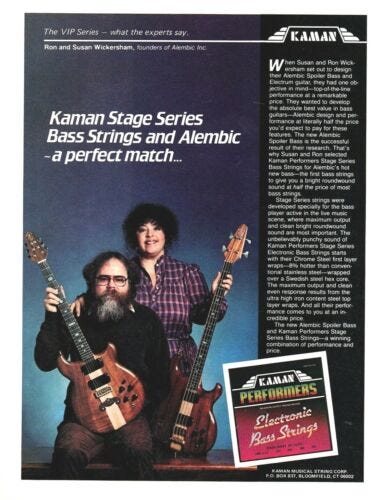
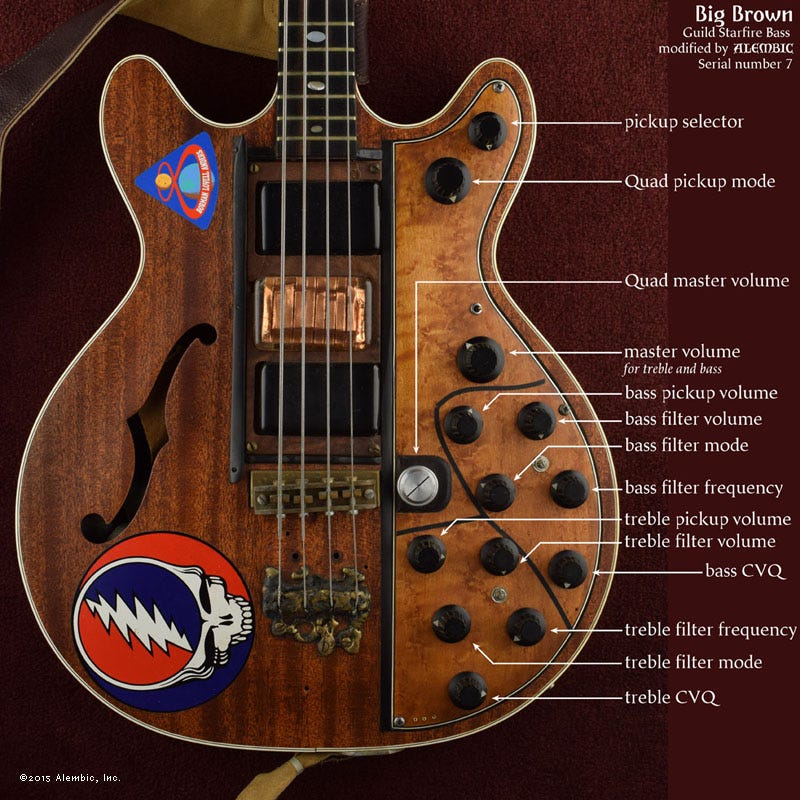
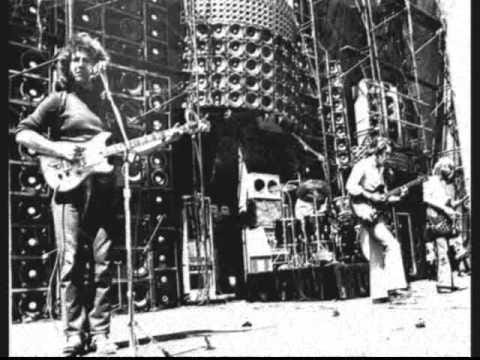
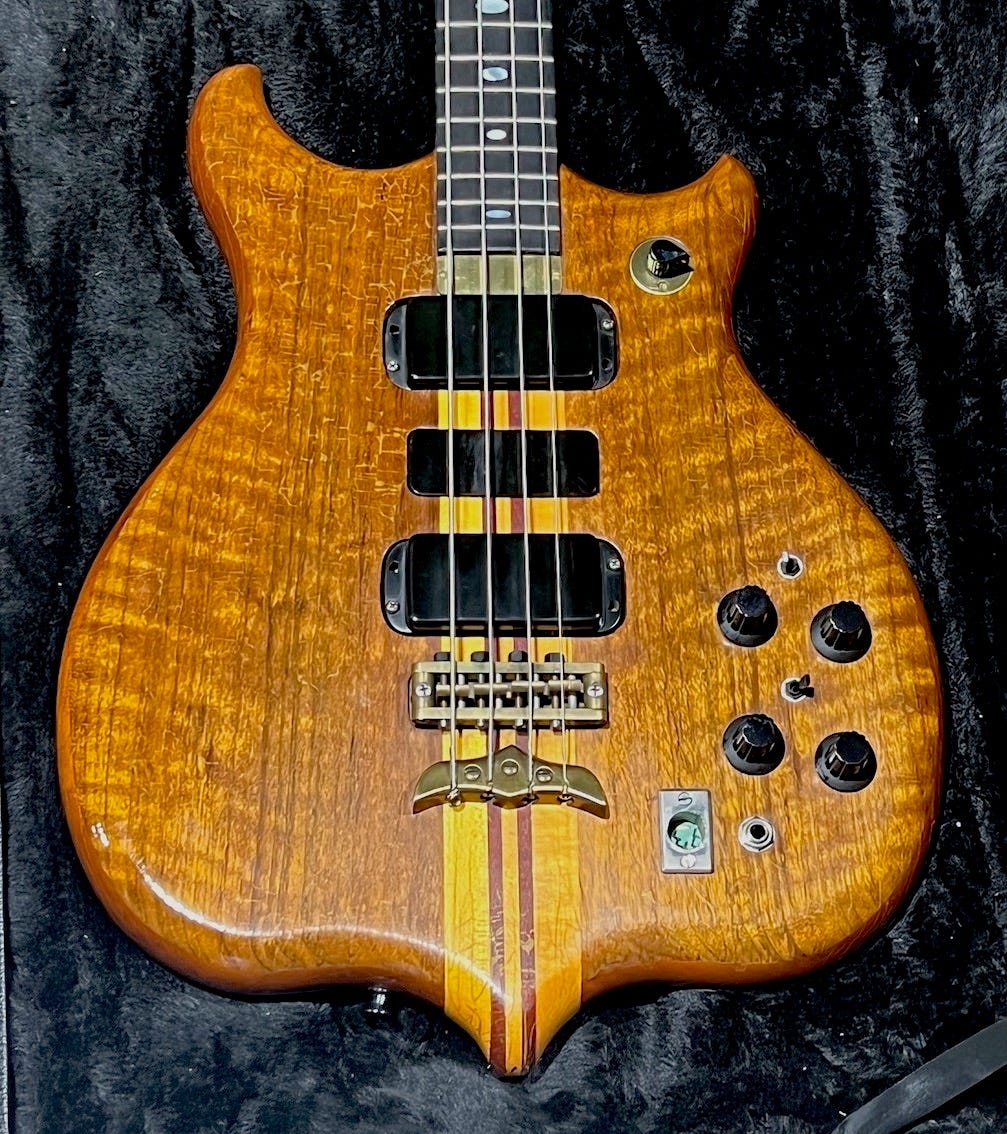
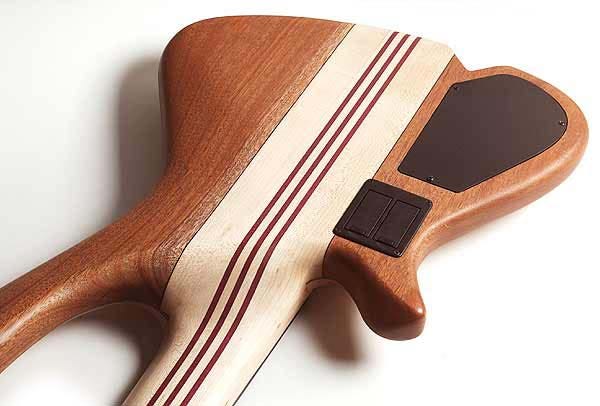
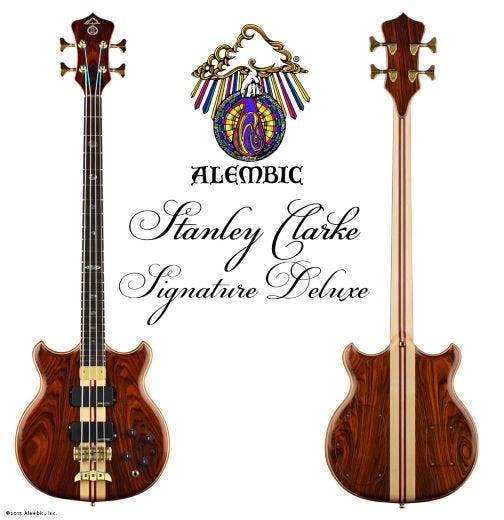

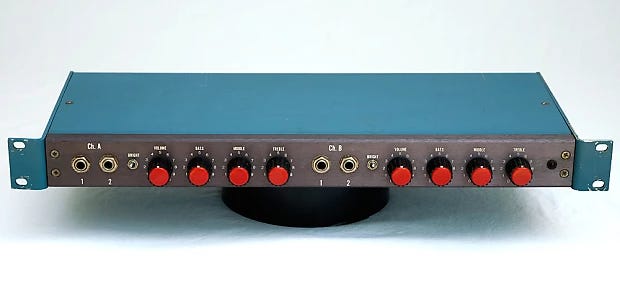
2 comments
Glad you enjoyed it JP, thanks for reading and thanks to Scott O. for his excellent write-up!
Great article. Fascinating history and provenance.